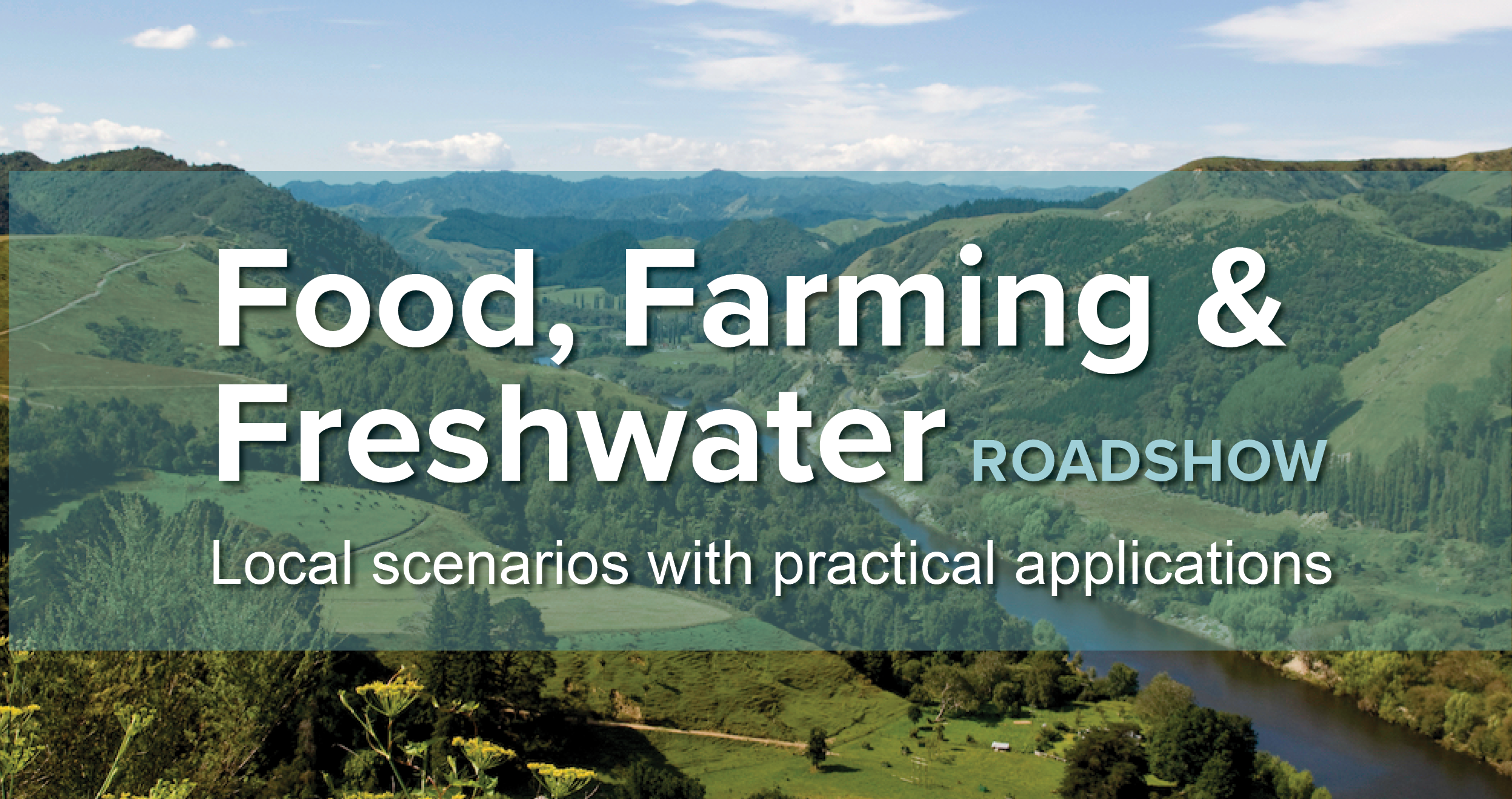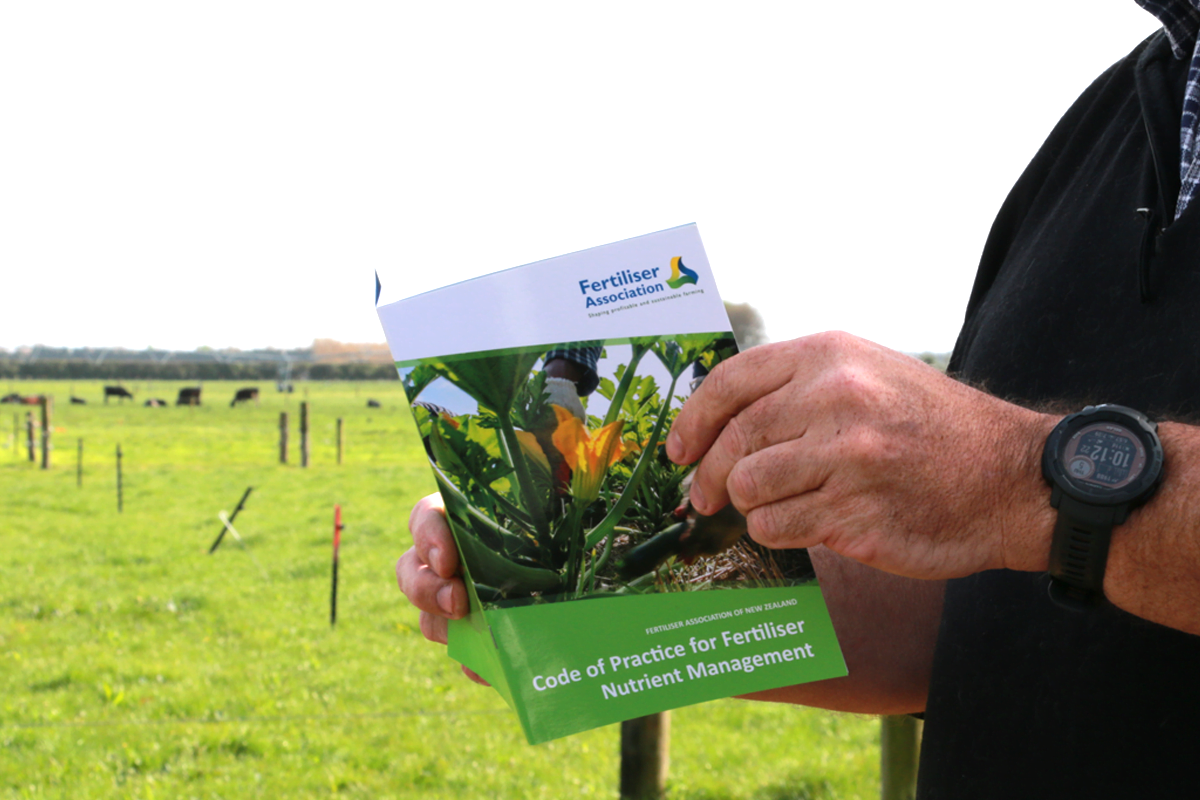November 02, 2023
Resources related to
Sediment
Geoff Reid
Sediment is a natural part of our rivers, but too much sediment disrupts ecosystems and harms plants and fish. These resources can help you identify sources of sediment, understand how sediment moves through the landscape, and prevent soil loss.
An event-based model of soil erosion and sediment transport at the catchment scale
Soil conservation over large areas is expensive and needs to be targeted to obtain maximum benefit for the least cost. In this paper, an event-based…
The Influence of a flood event on the potential sediment control of baseflow phosphorus concentrations in an intensive agricultural catchment
We sampled sediments in an agricultural catchment in Reporoa, New Zealand, before and after a scouring flood event. The tributary was chosen for its low…
Grid-based sediment tracing: A new method to determine sediment sources
This grid-based sediment tracing technique improves the precision of source contribution estimates and enhances the granularity of sediment source maps. We test the proposed technique…
Interpreting nesting storm event suspended sediment discharge hysteresis relationships at large catchment scales
Reducing soil erosion and sediment delivery into rivers is a major aim for land management in New Zealand. Therefore, it is important to identify areas…
Dynamics of phosphorus exchange between sediment and water in a gravel-bed river
Phosphorus (P) stores in gravel-bed rivers are released for uptake by periphyton when pH levels exceed 8.5. The Tukituki River has low alkalinity water and…
The biotic contribution to the benthic stream sediment phosphorus buffer
Benthic stream sediments interact strongly with phosphorus (P) and can buffer dissolved reactive P (DRP) concentrations. The sediment P buffer can be measured with the…
Mitigation of phosphorus, sediment and Escherichia coli losses in runoff from a dairy farm roadway
Dairy cow deposits on farm roadways are a potential source of contaminants entering streams. Phosphorus (P), suspended sediment (SS) and Escherichia coli (E. coli) loads…
Quantifying contaminant losses to water from pastoral land uses in NZ I: Development of a spatial framework for assessing losses at a farm scale
Assessing the effectiveness of mitigation measures for reducing contaminant losses to water from pastoral farming systems is a challenging task. Two important factors that contribute…
 View Our Strategy Document 2019 – 2024
View Our Strategy Document 2019 – 2024


